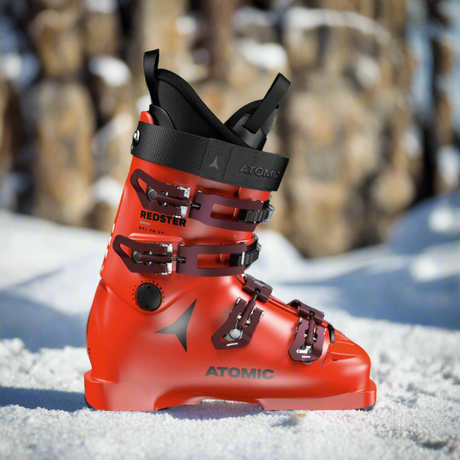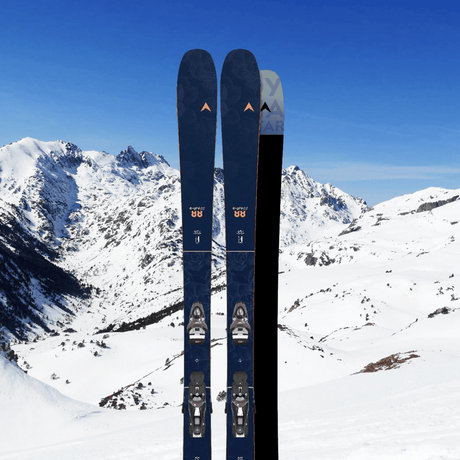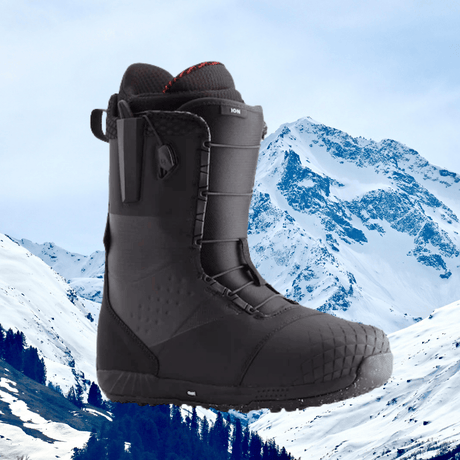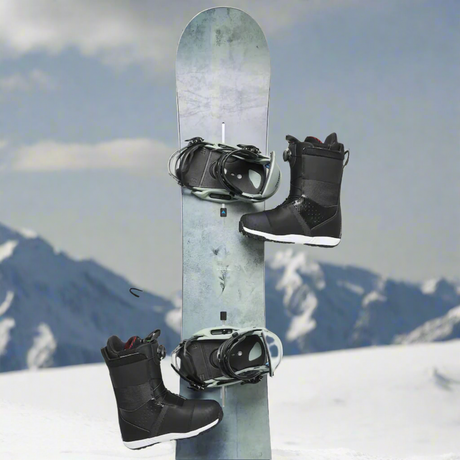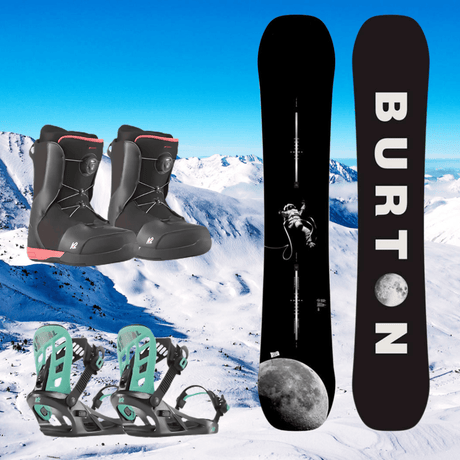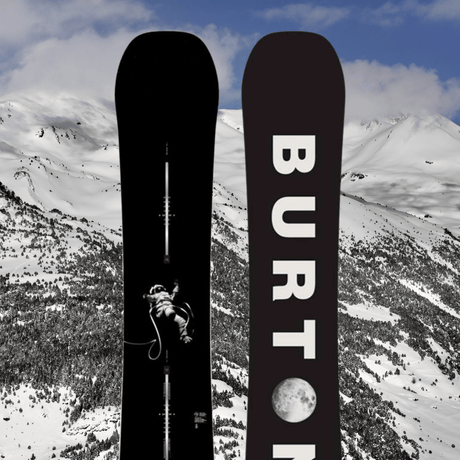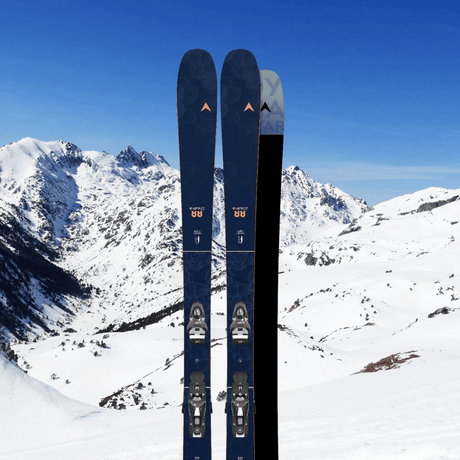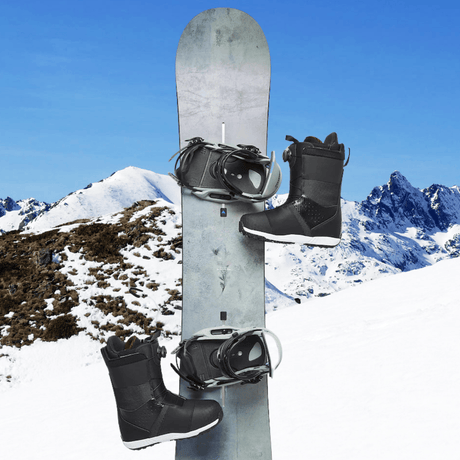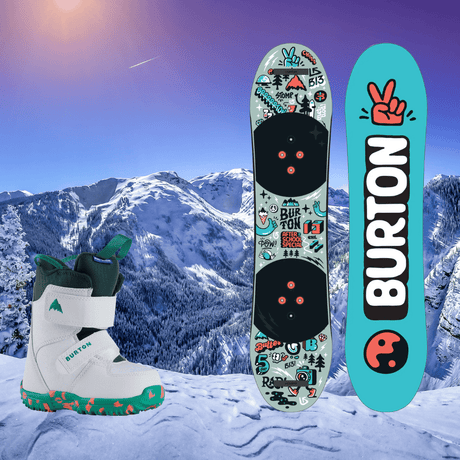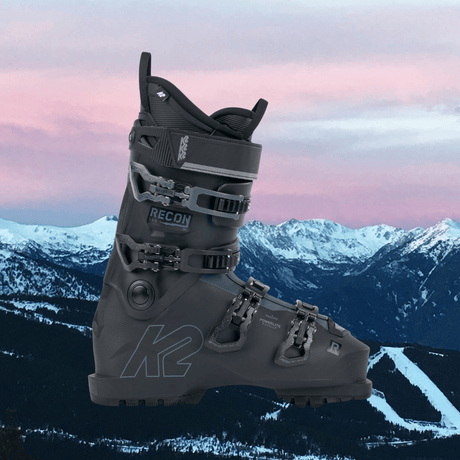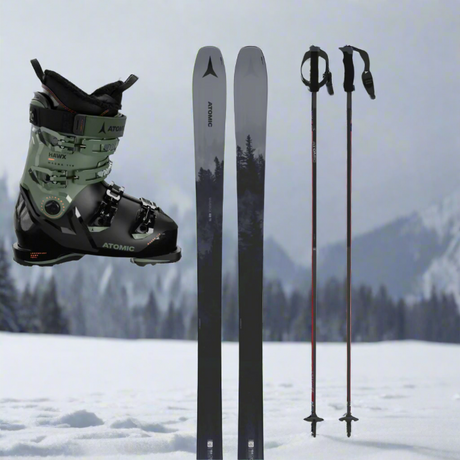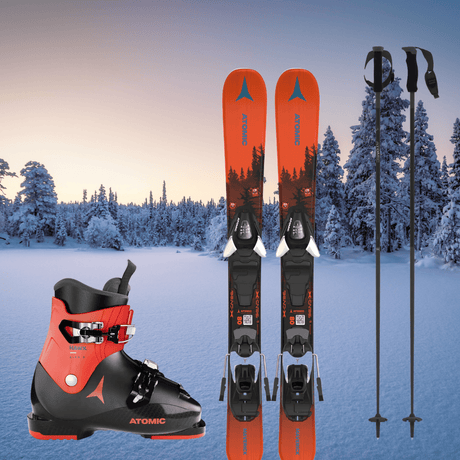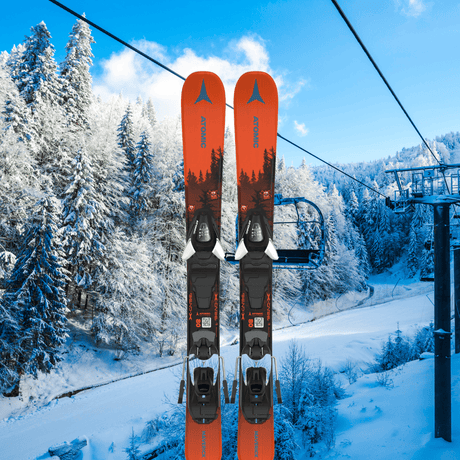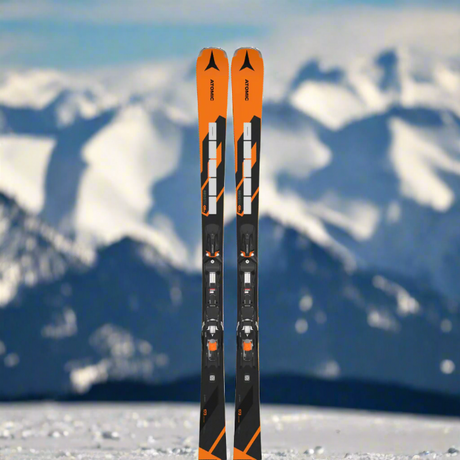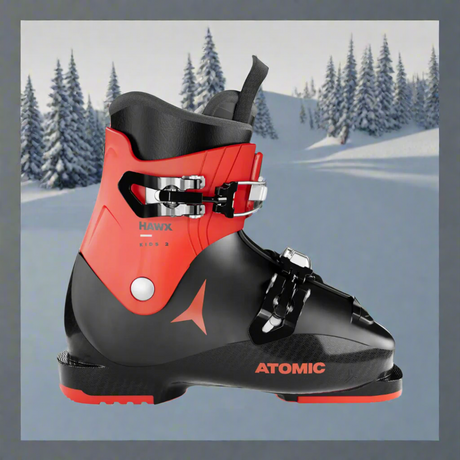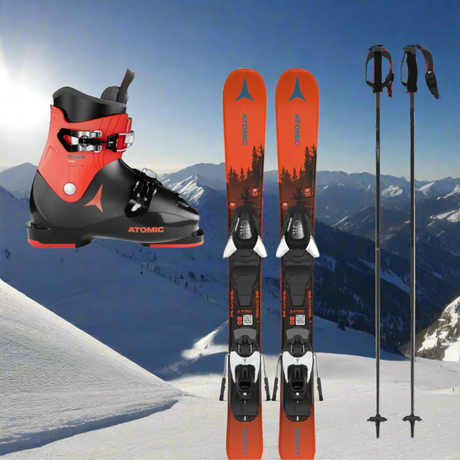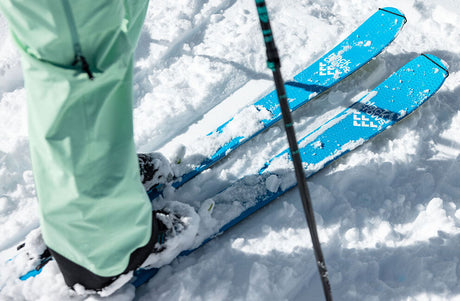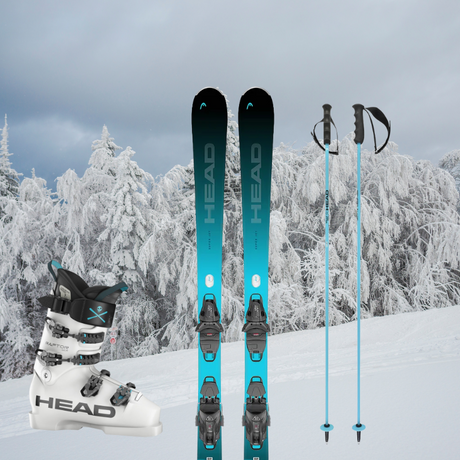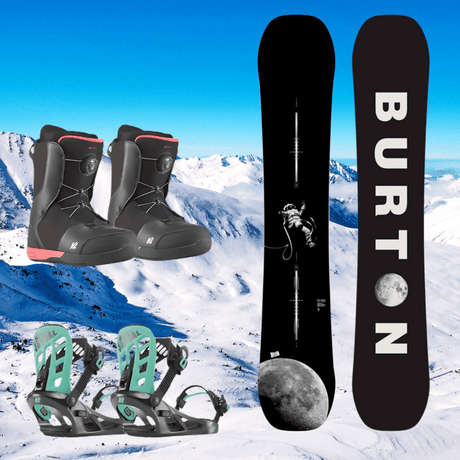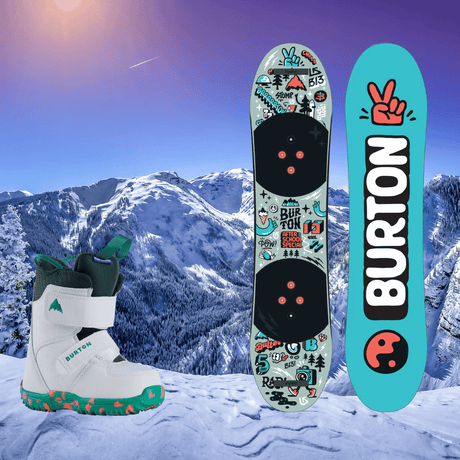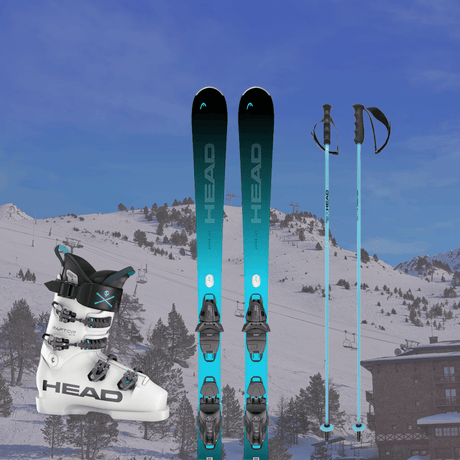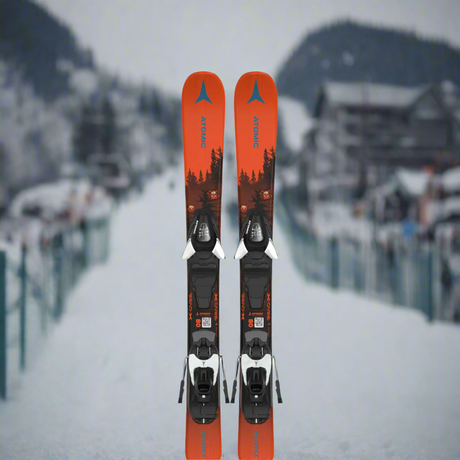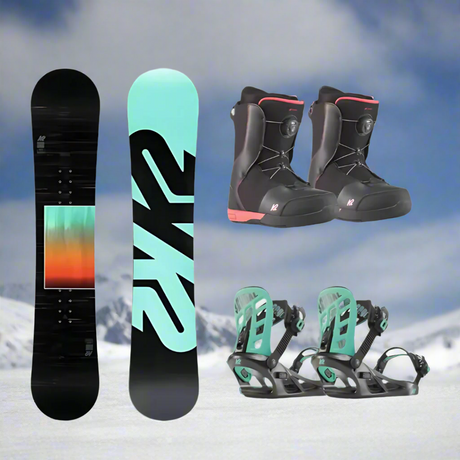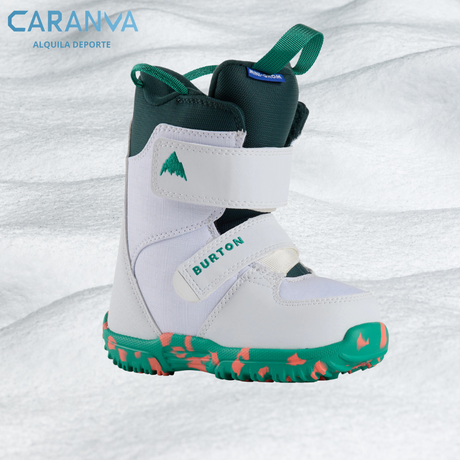Complete Guide to Choosing the Size of Your Ski Boots
How to determine the correct ski boot size?
Measuring your foot for ski boots
Learn how to measure your foot length correctly to find the right size.
What is Mondopoint and how to use it
The Mondopoint system is the standard reference for determining ski boot sizes.
Why is a precise fit important?
A correct fit ensures comfort, safety and performance in the snow.
Factors that influence size
Consider the thickness of your socks and the type of boot you will be wearing.
Common mistakes when choosing the size
Avoid selecting sizes that are too large or too small to prevent injury and discomfort.
How to use a ski boot size chart
Interpreting a size chart
Learn how to read Mondopoint tables and equivalences correctly.
Differences between European and Mondopoint sizes
Understand conversions between European sizing systems and Mondopoint.
Tips for using a size chart
Use your foot length in centimeters as the main reference.
How to identify the perfect size
Try on your boots following the recommendations in the table to confirm fit.
Size charts of popular brands
Check out guides from brands like Salomon, Atomic and Rossignol.
What to do if you are between two sizes?
Choose a larger or smaller size
Recommendations based on your level of experience and type of skiing.
Tests to confirm the correct size
Perform a pressure and fit test to decide between two sizes.
Using insoles in ski boots
Insoles can help improve the fit in slightly larger boots.
How socks affect fit
The thickness of the socks can change the feel of the fit.
Consult a specialist
A ski boot technician can help you make the best decision.
Tips for trying on ski boots
Try on the boots with the socks you will be wearing
Always wear the socks you plan to wear in the snow when trying on boots.
Simulates movements in the boots
Perform push-ups and movements to check the fit in different positions.
Duration of fit test
We recommend keeping the boots on for at least 15 minutes to detect discomfort.
Signs of a good fit
The boot should feel snug but not tight or painful.
Identify pressure points
Make sure there are no areas of excessive pressure on your feet.
Common mistakes when choosing ski boots
Selecting boots that are too big
Big boots reduce control and can cause blisters.
Not considering the skier's experience
Beginners and experts have different adjustment needs.
Ignore the type of ski
Alpine, backcountry or freestyle skiing require specific adjustments.
Forgetting to properly fasten the buckles
Poorly adjusted buckles can affect the performance of the boot.
Avoiding tests for convenience
It is essential to try on boots even if you feel unsure about the size.
Final Tips for Finding the Perfect Boots
Consult a specialist in stores like CaranvaSports
At CaranvaSports , we advise you to find the ideal size and model.
Invest in quality
Choose boots from reputable brands to ensure durability and performance.
Consider your skill level
The proper fit may vary depending on whether you are a beginner or an expert.
Try before you buy
Make sure the boots meet your expectations for comfort and fit.
Keep your boots properly fitted
Check the condition of your boots every season to make sure they remain comfortable.





